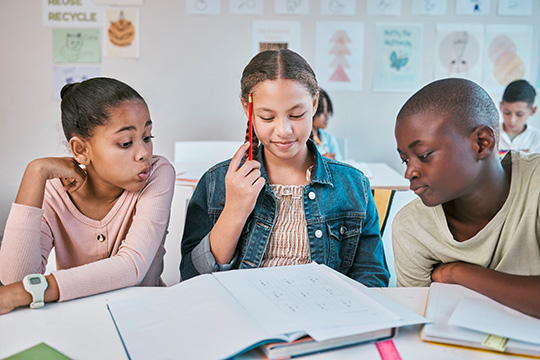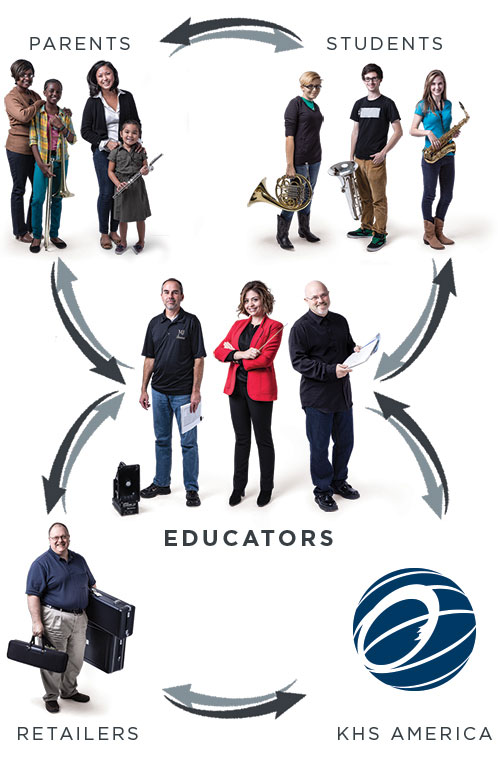Keeping every student engaged in a virtual lesson or rehearsal when they are playing “one at a time” is daunting to say the least. Wandering minds, blank stares, and dazed looks often appear from those not playing until it is their turn. I suggest having an age-appropriate discussion of the various aspects of good performance, hitting on concepts such as tone quality, pitch accuracy, rhythmic accuracy, intonation, steadiness of tempo, phrasing, lengths of notes, expression, and the like. Then, as each student performs, the other students must put at least one positive comment about their colleague’s performance in the chat window. You can balance whether to include some discussion, versus keeping things moving faster by not doing so. Alternatively, you might want to have students give constructive criticism as well. Though it would be right to be concerned about students being kind and sensitive to each other, this might be an opportunity to help them with the “life skill” of learning to balance positive and negative comments as they adjudicate their colleagues – all the while knowing they too will soon be evaluated. Either way, keeping each student actively listening and participating is key, and may offer wonderful rewards in the process.
Peter Loel Boonshaft, Director of Education
KHS America
KHS America
The content of this Blog article or Banded Story is the intellectual property of the author(s) and cannot be duplicated without the permission of KHS America and/or the author(s). Standard copyright rules apply.



 We look forward to the evolution of this exciting program, and welcome feedback on how we can further enhance the work that you do in music education.
We are excited to offer your program the opportunity to join the KHS America Academic Alliance today.
We look forward to the evolution of this exciting program, and welcome feedback on how we can further enhance the work that you do in music education.
We are excited to offer your program the opportunity to join the KHS America Academic Alliance today.